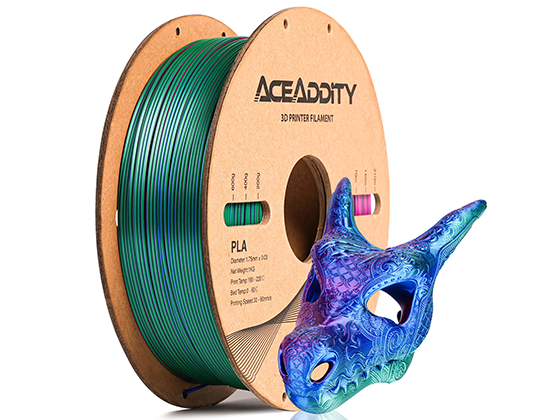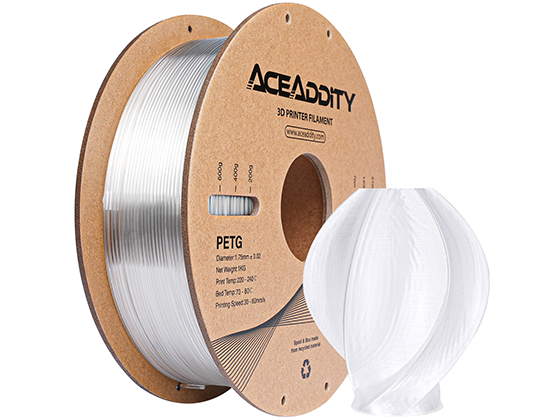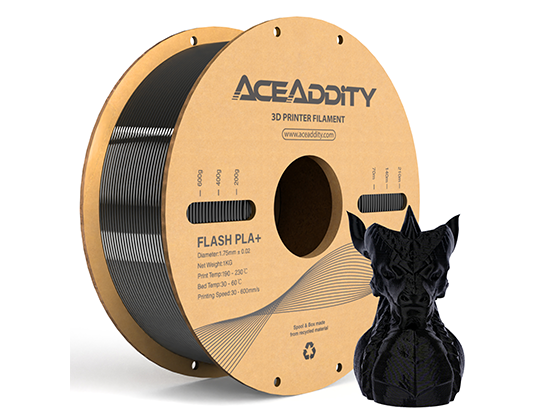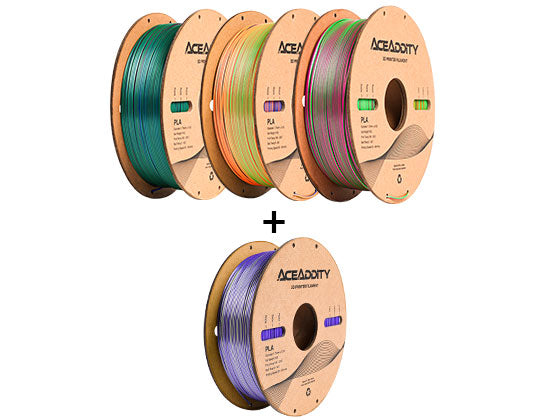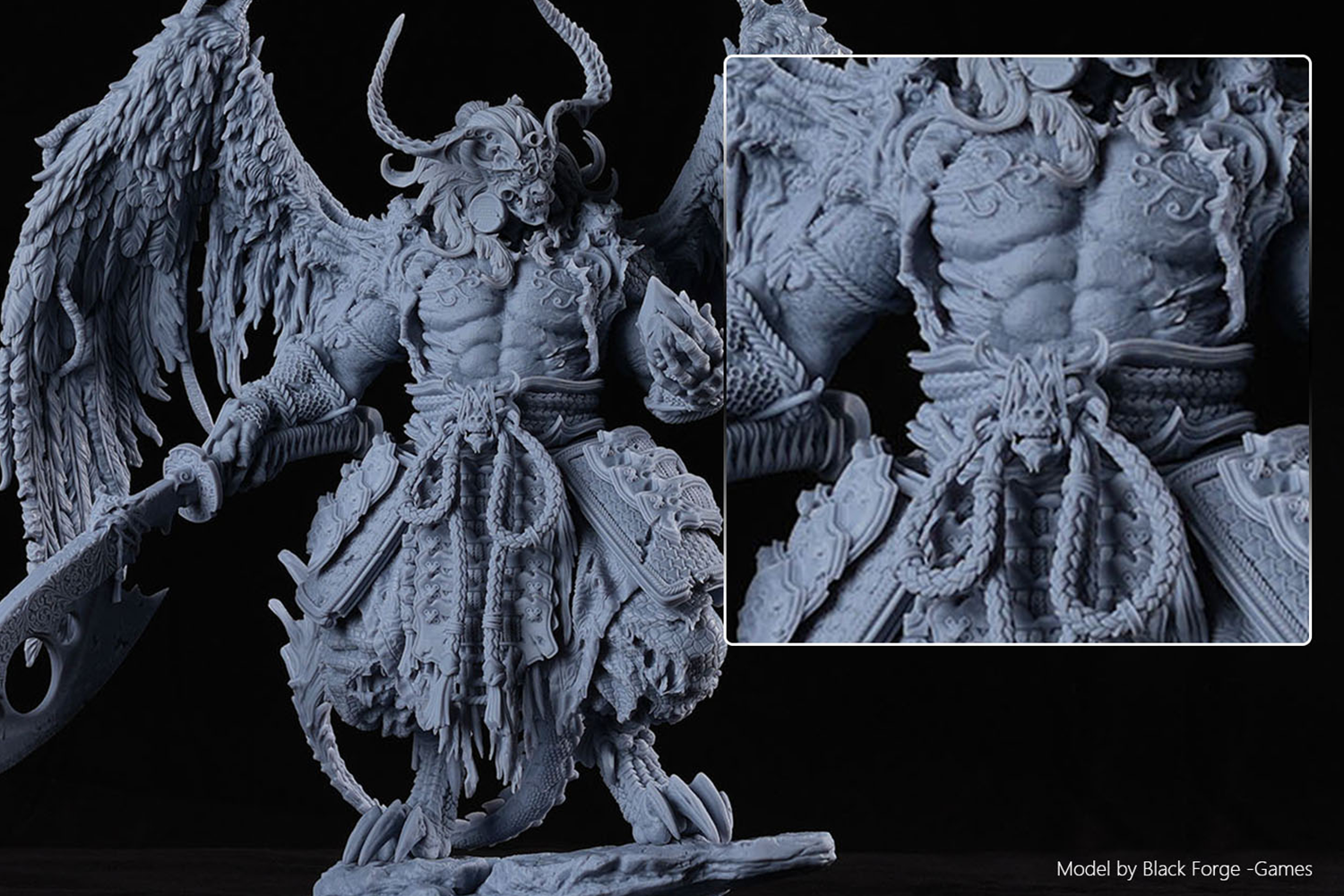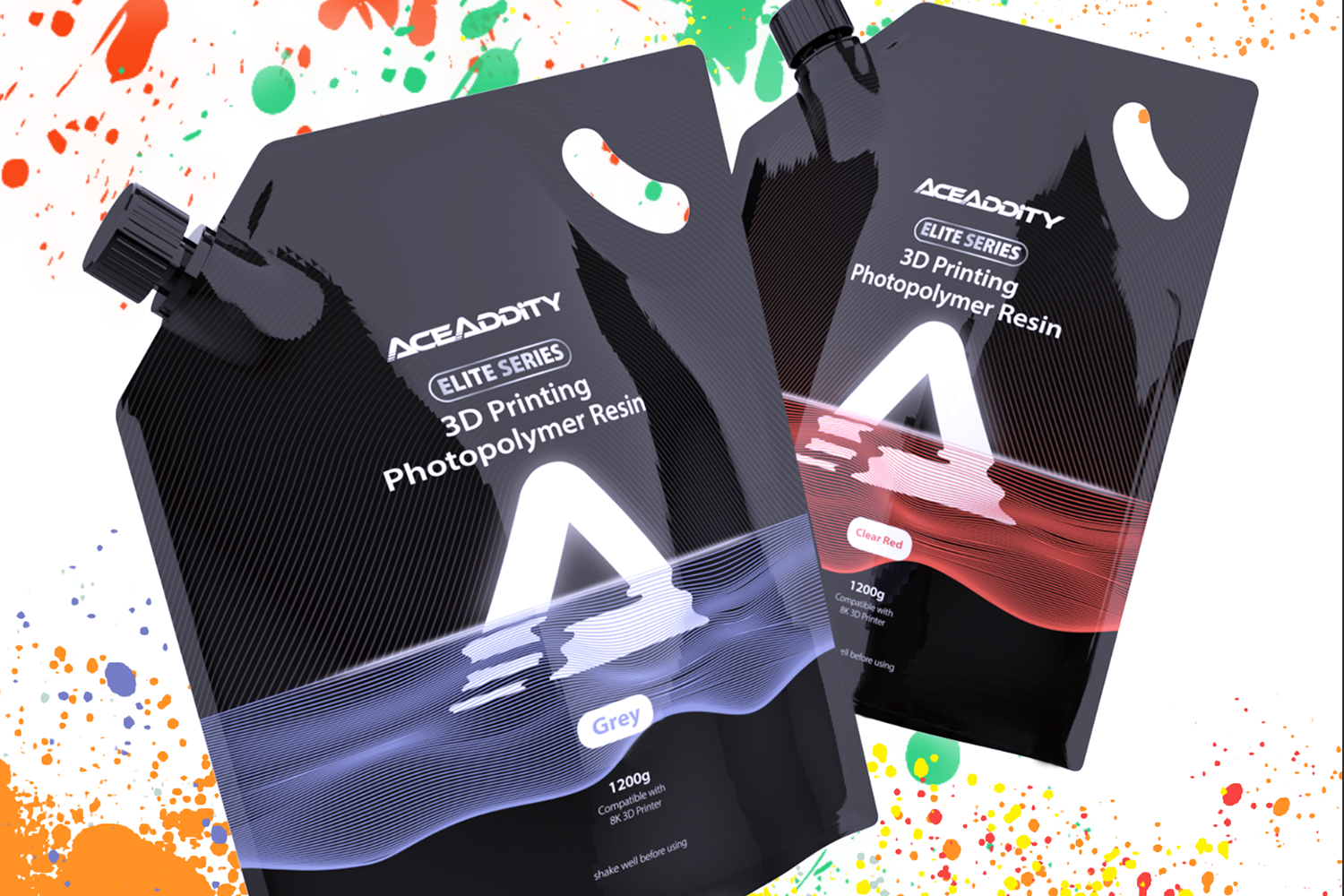As the world of 3D printing continues to grow and evolve, more and more beginners are venturing into this fascinating field. While 3D printing offers tremendous opportunities, it also comes with its fair share of challenges. In this blog, we will explore some common problems that beginners may encounter during their 3D printing journey and provide practical solutions to overcome them. Whether you are a hobbyist, a student, or a professional, this guide aims to equip you with valuable insights to ensure a smooth and successful printing experience.
- Calibration Issues: Problem: Inconsistent print quality, inaccurate dimensions, or adhesion problems. Solution:
- Calibrate the print bed: Properly level the print bed to ensure uniformity and proper adhesion.
- Adjust nozzle height: Fine-tune the nozzle height to achieve the optimal distance from the print bed.
- Check filament flow: Ensure the extruder is pushing out the filament consistently without any blockages or inconsistencies.
- Warping and Curling: Problem: Parts lifting or warping from the print bed during printing. Solution:林世
- Use a heated bed or enclosure: Maintain a stable and elevated temperature to prevent uneven cooling and warping.
- Apply a suitable adhesive: Use adhesives like hairspray, glue stick, or specialized 3D printing bed adhesives to enhance bed adhesion.
- Experiment with different materials and settings: Certain materials, such as ABS, are more prone to warping. Adjusting print settings like temperature and cooling can also minimize warping.
- Failed Prints and Extrusion Problems: Problem: Prints that do not complete successfully, extrusion inconsistencies, or clogged nozzles. Solution:
- Check filament quality: Ensure the filament is of high quality and stored in a dry environment to avoid moisture-related issues.
- Clear clogs: Unclog the nozzle using tools like a nozzle cleaning kit or a thin wire to remove any obstructions.
- Adjust temperature and retraction settings: Fine-tune the temperature and retraction settings to optimize filament flow and reduce stringing.
- Layer Adhesion and Weak Prints: Problem: Delamination or weak layer bonding, resulting in fragile prints. Solution:
- Optimize print settings: Adjust parameters such as layer height, print speed, and extrusion temperature to achieve better layer adhesion.
- Increase infill density: Enhance the internal structure of the print by increasing the infill density, providing greater strength.
- Experiment with different printing orientations: Sometimes rotating the model or changing the print orientation can improve layer adhesion and overall strength.
- Print Design and Supports: Problem: Difficulty in designing or adding supports to complex models. Solution:
- Utilize support structures: Use 3D modeling software to add custom supports to intricate designs, ensuring proper printing and easy removal.
- Optimize print orientation: Adjust the print orientation to minimize the need for excessive supports while maintaining print quality.
- Explore online resources: There are numerous online communities and libraries where you can find pre-designed models or support structures for various applications.
Embarking on a 3D printing journey can be both exciting and challenging for beginners. By understanding and addressing common problems in advance, you can save time, reduce frustration, and achieve better results. Remember to experiment, learn from your mistakes, and leverage the wealth of knowledge available online. With practice, patience, and a problem-solving mindset, you'll soon master the art of 3D printing and unlock endless possibilities in this rapidly expanding field. Happy printing!


